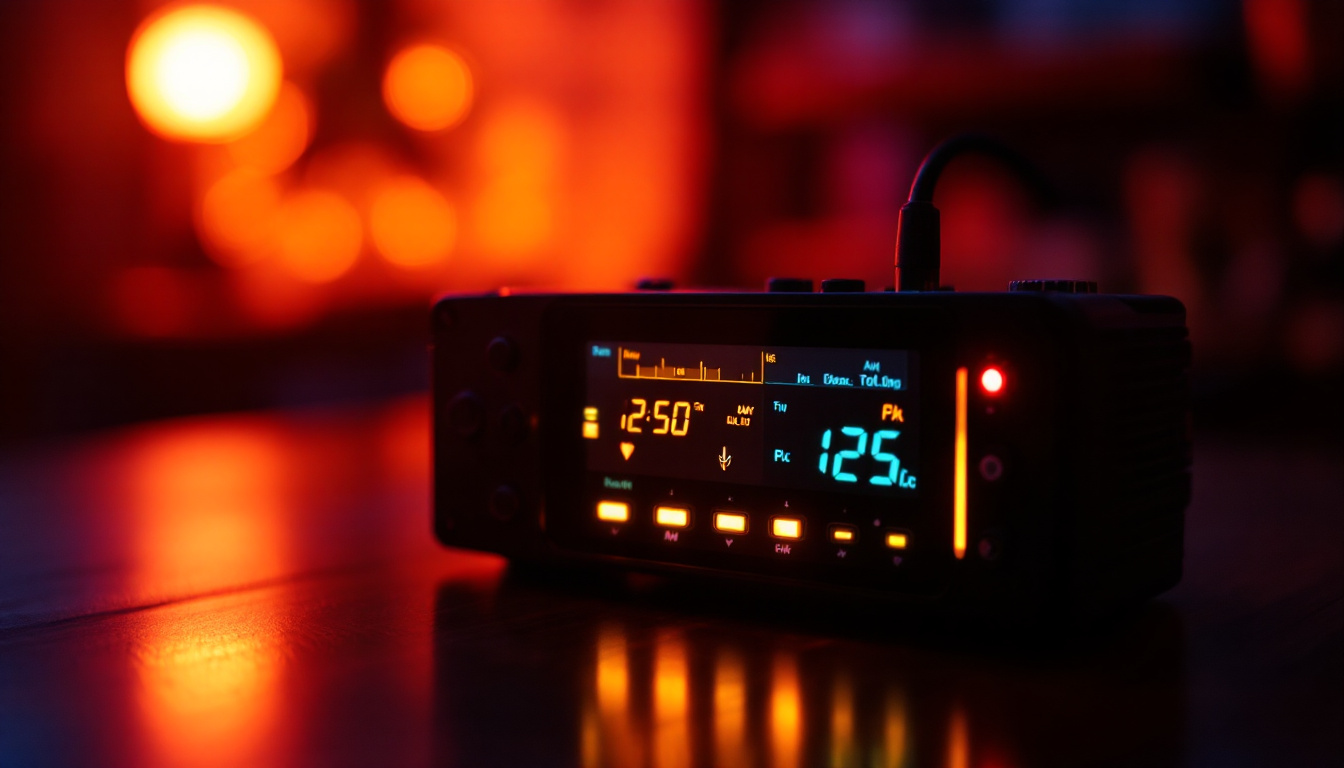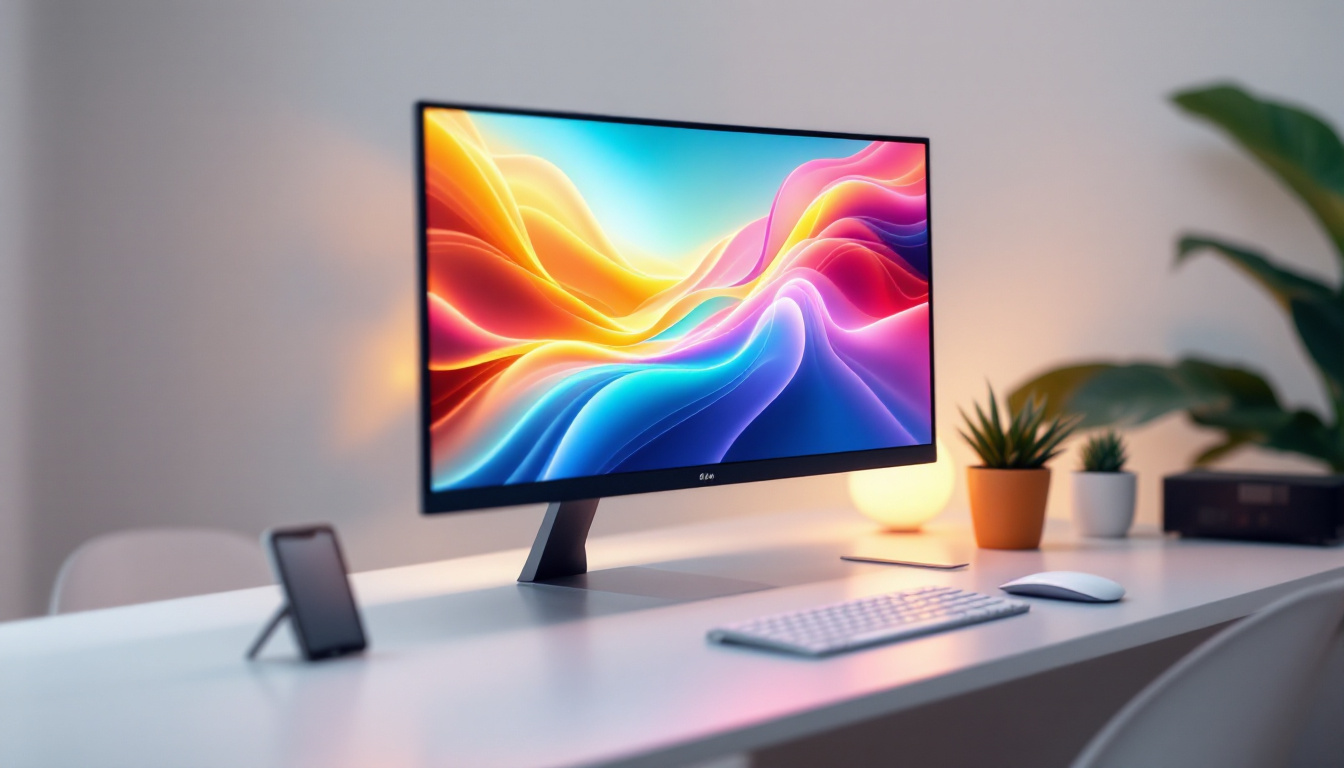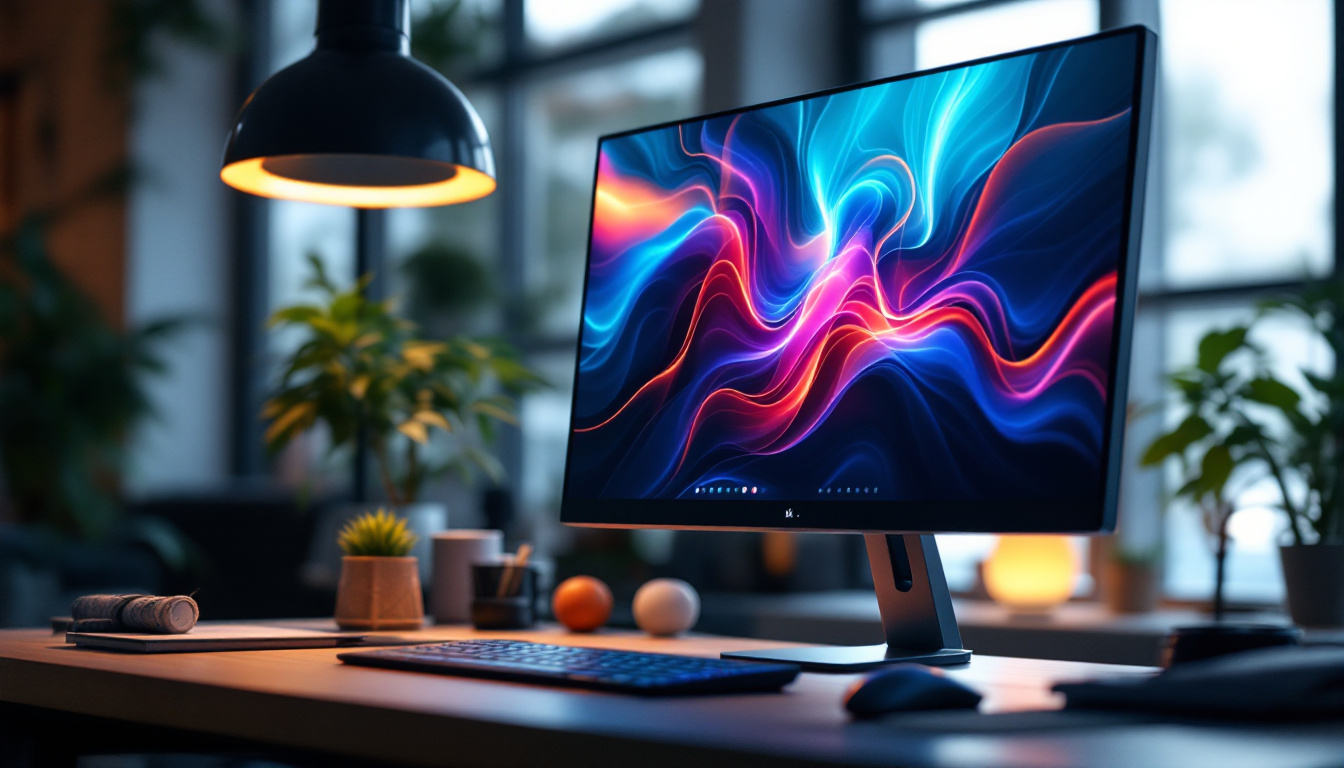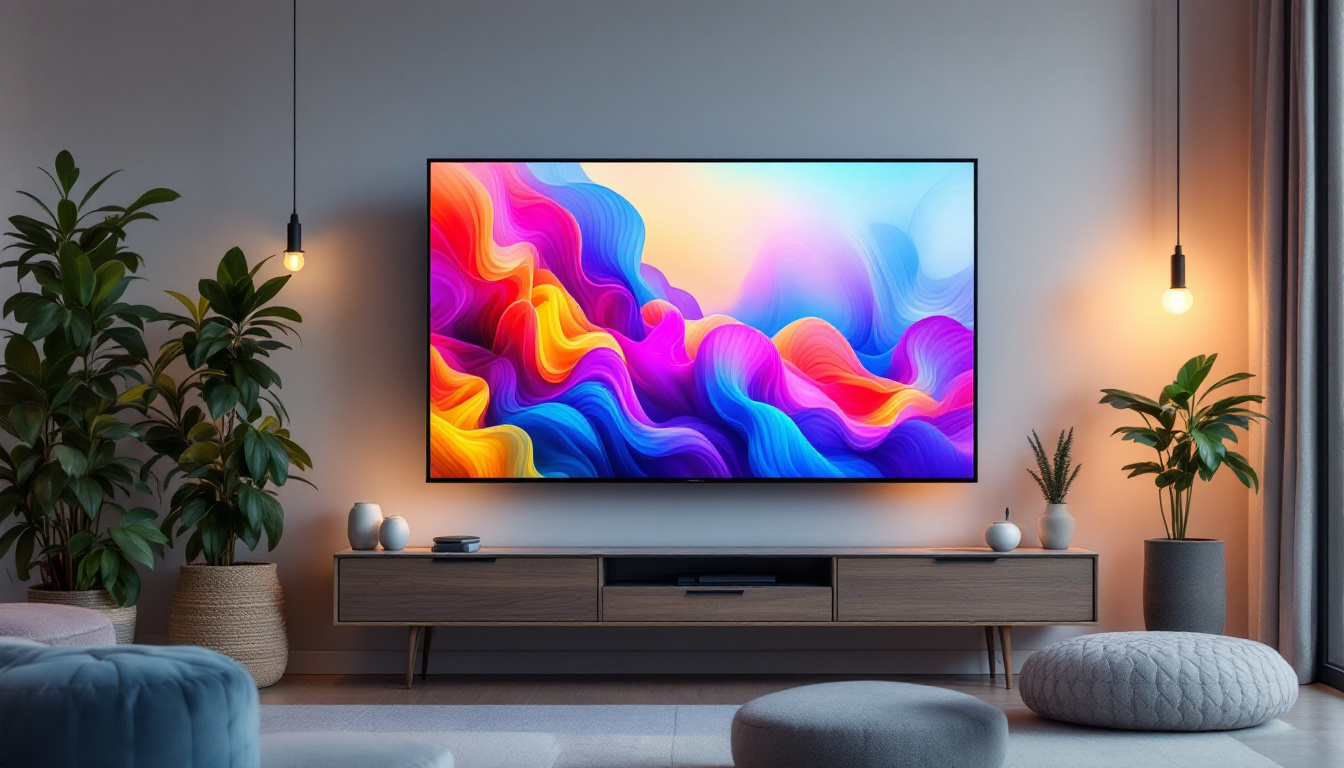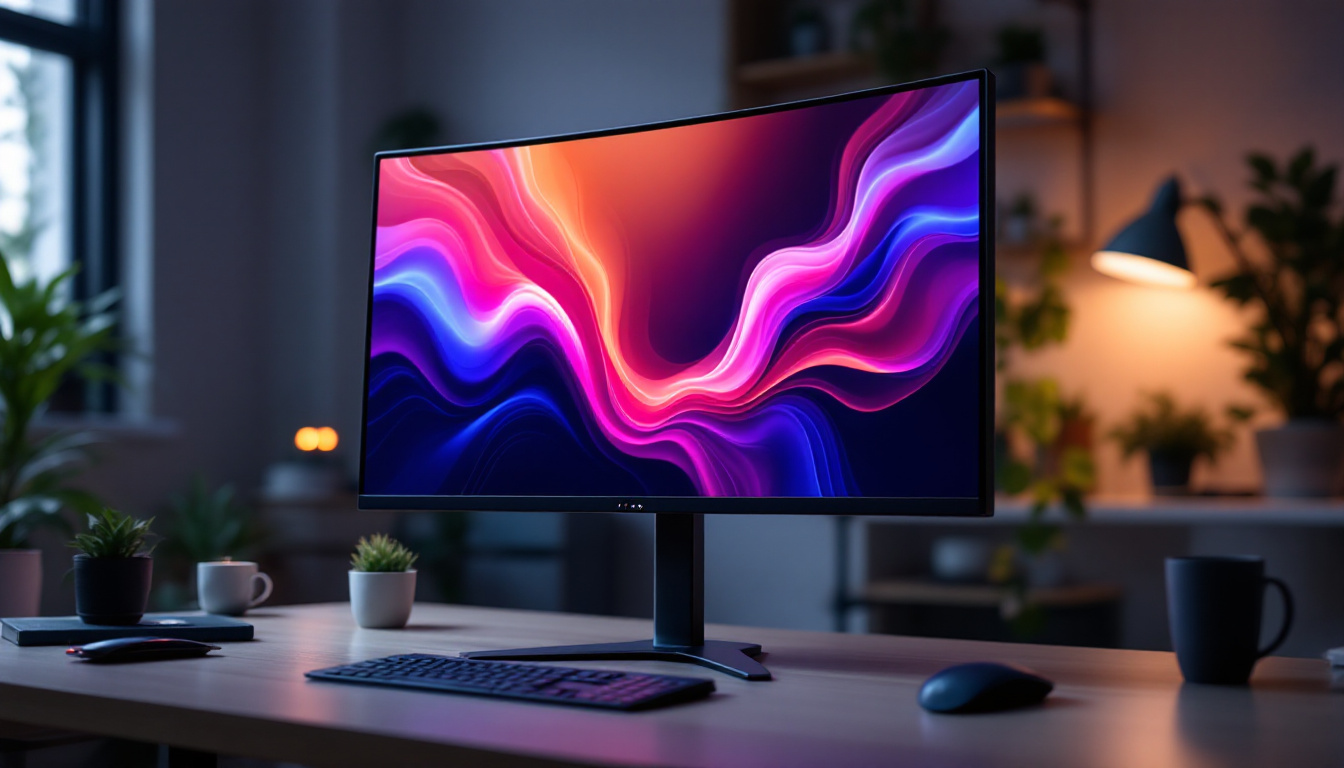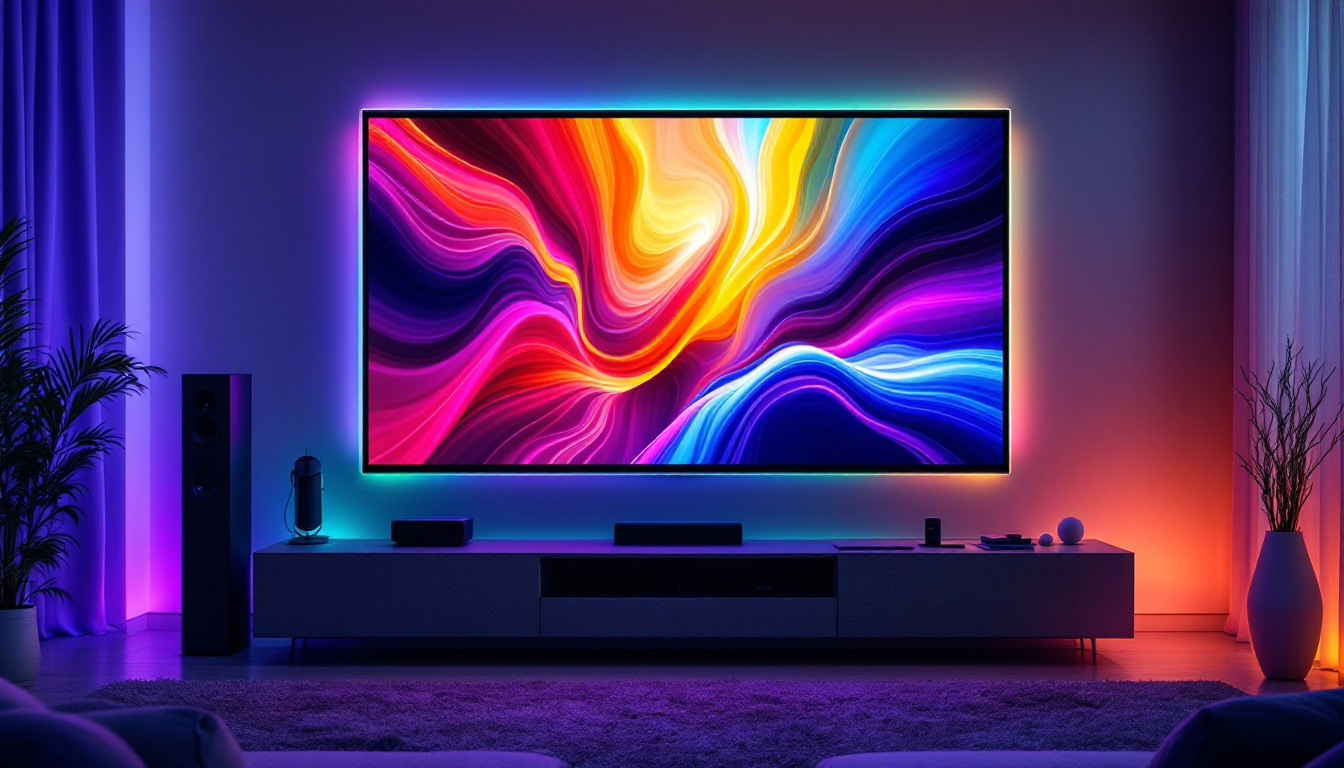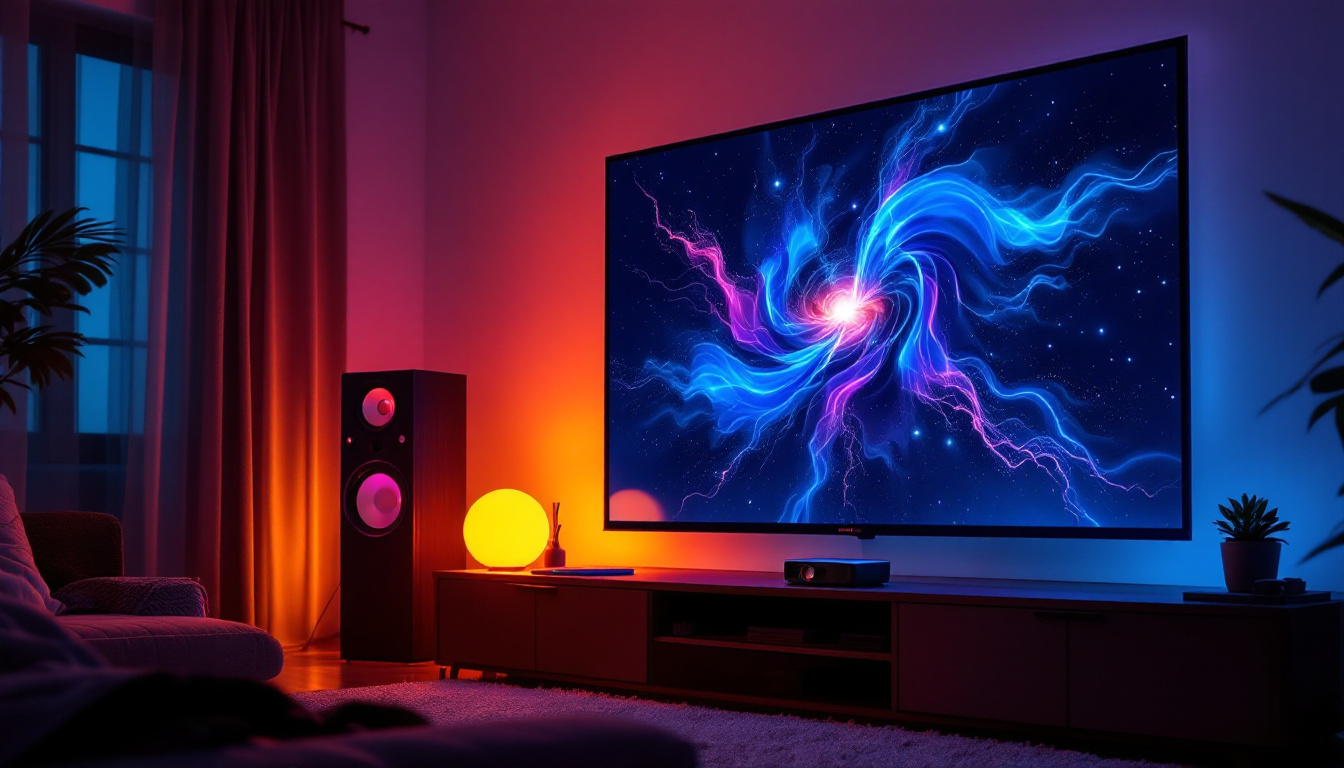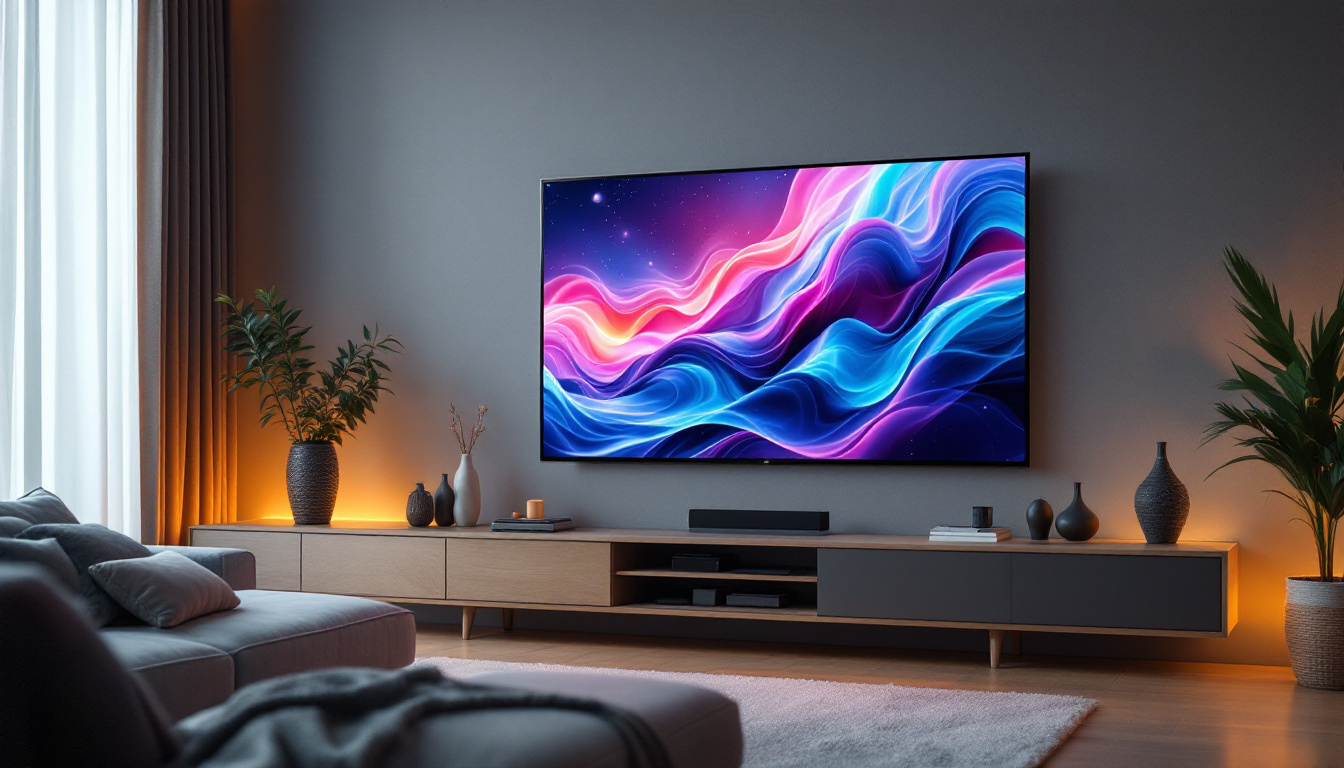As the world increasingly shifts towards sustainable energy solutions, off-grid systems have gained significant traction. These systems allow individuals and communities to harness renewable energy sources, such as solar or wind power, independent of traditional utility grids. A crucial component of these systems is the controller, which manages the flow of energy and ensures optimal performance. This article delves into the LED display settings of off-grid controllers, explaining their significance and how to interpret them effectively.
Understanding Off-Grid Controllers
Off-grid controllers play a pivotal role in managing energy production and consumption in renewable energy systems. They act as the brain of the system, ensuring that energy is stored, utilized, and distributed efficiently. The LED display on these controllers provides vital information about the system’s performance, making it essential for users to understand what each indicator means. These controllers not only optimize energy flow but also enhance the longevity of the batteries and other components by preventing overcharging and deep discharging, which can significantly impact the overall efficiency and lifespan of the system.
Types of Off-Grid Controllers
There are primarily two types of off-grid controllers: PWM (Pulse Width Modulation) and MPPT (Maximum Power Point Tracking). Each type has its unique functionality and efficiency levels. PWM controllers are simpler and generally less expensive, making them suitable for smaller systems. On the other hand, MPPT controllers are more advanced, capable of extracting maximum power from solar panels, thus providing better energy efficiency. This is particularly important in areas with variable sunlight conditions, as MPPT controllers can adjust their operation to capture the optimal power output throughout the day.
Choosing the right controller type depends on several factors, including the size of the system, energy needs, and budget. Understanding the differences between these controllers is crucial for optimizing energy management in off-grid setups. Additionally, users should consider future expansion possibilities; for instance, if they plan to increase their energy consumption or add more solar panels, investing in an MPPT controller might be a more prudent choice in the long run.
The Role of LED Displays
The LED display on an off-grid controller serves as a user interface, providing real-time data about the system’s performance. It typically shows information such as battery voltage, charge status, load status, and fault indicators. This information is crucial for users to monitor their energy systems effectively and make informed decisions regarding energy usage and management. A well-designed LED interface can also enhance user experience by providing clear, color-coded indicators that quickly convey the health and performance of the system at a glance.
Moreover, the LED display can help troubleshoot issues within the system. By understanding the various indicators, users can identify problems early and take corrective actions to ensure the system operates smoothly. Some advanced controllers even feature programmable alerts or notifications that can be sent to users via mobile apps or emails, allowing for remote monitoring and management. This added layer of connectivity not only enhances user engagement but also empowers users to maintain their systems proactively, ensuring optimal performance and reliability over time.
Decoding the LED Display Indicators
Understanding the LED indicators on your off-grid controller is essential for effective energy management. Each light or symbol on the display corresponds to specific information about your system’s status. Here, we break down the most common indicators found on off-grid controllers.
Battery Voltage Levels
One of the primary indicators on the LED display is the battery voltage level. This reading is crucial as it informs users about the state of their battery bank. Typically, the display will show voltage readings in volts (V), with certain thresholds indicating the health of the batteries:
- Fully Charged: A voltage reading of around 12.6V to 13.2V indicates that the batteries are fully charged.
- Normal Operating Range: Voltage levels between 12.0V and 12.6V suggest that the batteries are in a normal operating range.
- Low Voltage: Readings below 12.0V indicate that the batteries are discharging and may require immediate attention to prevent damage.
Monitoring battery voltage levels is crucial for maintaining battery health and longevity. Regularly checking these readings can help users avoid over-discharging their batteries, which can lead to reduced capacity and lifespan.
Charge Status Indicators
The charge status indicators on the LED display provide information about the charging process of the batteries. These indicators typically include:
- Charging: A solid green light may indicate that the batteries are currently charging.
- Float Mode: A steady yellow light often signifies that the batteries are in float mode, meaning they are fully charged and being maintained at a safe voltage.
- Equalization: A blinking red light may indicate that the system is in equalization mode, a process used to balance the charge across battery cells.
Understanding these indicators is essential for users to ensure that their batteries are being charged correctly and to prevent overcharging, which can lead to battery damage.
Load Status Indicators
Load status indicators inform users about the energy consumption of connected devices. This information is crucial for managing energy use effectively. Common load status indicators include:
- Load On: A green light indicates that the load is active, meaning devices are drawing power from the system.
- Load Off: A red light signifies that the load is off, indicating that no power is being drawn from the batteries.
By monitoring load status, users can make informed decisions about energy usage, ensuring that they do not exceed their system’s capacity. This is particularly important in off-grid setups where energy resources are limited.
Common Fault Indicators
Fault indicators are critical for maintaining the health of an off-grid system. These indicators alert users to potential issues that may require immediate attention. Understanding these fault indicators can help prevent system failures and ensure long-term reliability.
Overvoltage and Undervoltage Indicators
Overvoltage and undervoltage conditions can be detrimental to battery health. Most off-grid controllers will feature indicators for these conditions:
- Overvoltage: A blinking red light may indicate that the battery voltage has exceeded safe levels, which can lead to battery damage.
- Undervoltage: A solid red light often signifies that the battery voltage has dropped below safe levels, prompting users to take action to prevent damage.
Addressing these conditions promptly is essential for maintaining battery health and ensuring the longevity of the off-grid system. Users should regularly monitor these indicators and take corrective actions as needed.
Temperature Fault Indicators
Temperature can significantly impact battery performance. Many off-grid controllers are equipped with temperature sensors and will display indicators if the temperature exceeds safe operating limits:
- High Temperature: A solid red light may indicate that the temperature is too high, which can lead to battery damage and reduced efficiency.
- Low Temperature: A blinking yellow light might signify that the temperature is too low, potentially affecting battery performance.
Users should ensure that their off-grid systems are installed in environments that maintain optimal temperature ranges for battery operation. This can help prevent issues related to temperature extremes.
Optimizing Controller Settings for Maximum Efficiency
Beyond understanding the LED indicators, optimizing the controller settings can significantly enhance the efficiency of an off-grid system. Proper configuration allows users to maximize energy production and storage while minimizing waste.
Adjusting Charge Settings
Most off-grid controllers allow users to adjust charge settings based on their specific battery type and capacity. Configuring these settings correctly is vital for ensuring the longevity of the batteries:
- Bulk Charge: This setting determines the initial charging phase, where the batteries receive maximum current until they reach a specific voltage.
- Absorption Charge: This phase allows the batteries to absorb energy at a reduced current, ensuring a full charge without overcharging.
- Float Charge: This setting maintains the batteries at a safe voltage once they are fully charged, preventing overcharging.
Users should refer to their battery manufacturer’s specifications to determine the optimal settings for their specific battery type. Regularly reviewing and adjusting these settings can lead to improved system performance.
Monitoring Energy Consumption
Effective energy management is crucial in off-grid systems. Users should regularly monitor their energy consumption and make adjustments as necessary to prevent exceeding the system’s capacity. This can involve:
- Identifying high-energy devices and considering alternatives or energy-efficient replacements.
- Scheduling energy-intensive tasks during peak production hours, such as running appliances when solar generation is at its highest.
- Implementing energy-saving practices, such as using LED lighting and energy-efficient appliances.
By actively managing energy consumption, users can extend the life of their off-grid systems and ensure they remain sustainable over the long term.
Conclusion
Understanding the LED display settings on off-grid controllers is crucial for anyone looking to optimize their renewable energy systems. By decoding the various indicators and adjusting settings accordingly, users can effectively manage their energy resources, ensuring both efficiency and sustainability.
As the demand for off-grid solutions continues to grow, staying informed about the latest technologies and best practices will empower users to make the most of their energy systems. Regular monitoring, proactive management, and a solid understanding of controller settings will pave the way for a successful off-grid experience.
In conclusion, mastering the LED display and controller settings is not only beneficial for immediate energy management but also essential for the long-term success of off-grid systems. Embracing these practices will lead to a more sustainable future powered by renewable energy.
Illuminate Your Energy Management with LumenMatrix
Ready to take your off-grid system’s efficiency to the next level? Discover how LumenMatrix’s advanced LED display technology can transform the way you monitor and manage your renewable energy setup. With our comprehensive range of LED display solutions, from Indoor and Outdoor LED Wall Displays to innovative LED Sports and Floor Displays, you’ll find the perfect match to enhance your system’s visibility and control. Embrace the future of visual communication and check out LumenMatrix LED Display Solutions today to create a truly captivating and sustainable energy management experience.

